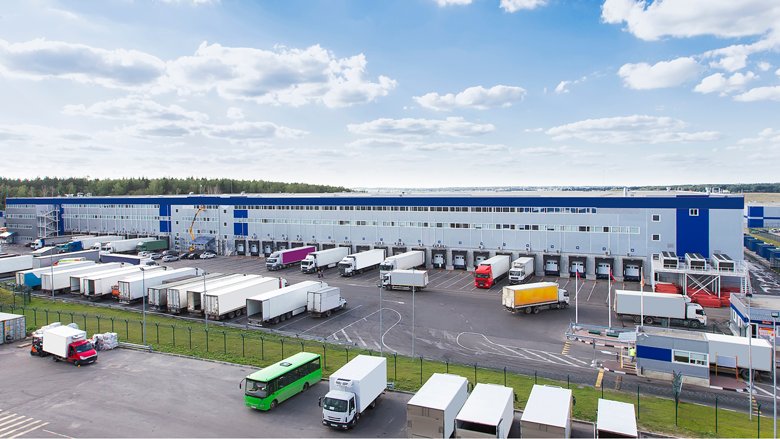A year and a half since the onset of the COVID-19 pandemic, the global economy is poised to stage its most robust post-recession recovery in 80 years in 2021. But the rebound is expected to be uneven across countries, as major economies look set to register strong growth even as many developing economies lag.
Global growth is expected to accelerate to 5.6% this year, largely on the strength in major economies such as the United States and China. And while growth for almost every region of the world has been revised upward for 2021, many continue to grapple with COVID-19 and what is likely to be its long shadow. Despite this year’s pickup, the level of global GDP in 2021 is expected to be 3.2% below pre-pandemic projections, and per capita GDP among many emerging market and developing economies is anticipated to remain below pre-COVID-19 peaks for an extended period. As the pandemic continues to flare, it will shape the path of global economic activity.
The United States and China are each expected to contribute about one quarter of global growth in 2021. The U.S. economy has been bolstered by massive fiscal support, vaccination is expected to become widespread by mid-2021, and growth is expected to reach 6.8% this year, the fastest pace since 1984. China’s economy – which did not contract last year – is expected to grow a solid 8.5% and moderate as the country’s focus shifts to reducing financial stability risks.
Lasting Legacies
Growth among emerging market and developing economies is expected to accelerate to 6% this year, helped by increased external demand and higher commodity prices. However, the recovery of many countries is constrained by resurgences of COVID-19, uneven vaccination, and a partial withdrawal of government economic support measures. Excluding China, growth is anticipated to unfold at a more modest 4.4% pace. In the longer term, the outlook for emerging market and developing economies will likely be dampened by the lasting legacies of the pandemic – erosion of skills from lost work and schooling; a sharp drop in investment; higher debt burdens; and greater financial vulnerabilities. Growth among this group of economies is forecast to moderate to 4.7% in 2022 as governments gradually withdraw policy support.
Among low-income economies, where vaccination has lagged, growth has been revised lower to 2.9%. Setting aside the contraction last year, this would be the slowest pace of expansion in two decades. The group’s output level in 2022 is projected to be 4.9% lower than pre-pandemic projections. Fragile and conflict-affected low-income economies have been the hardest hit by the pandemic, and per capita income gains have been set back by at least a decade.

